June 22, 2023
How Does Your Brand Vibe?
Alex Stasulli

As a marketer, one of my favorite activities is brand development, more specifically, creating a brand identity… and diving deeper still, brand psychology.
Building a strong brand can be a lengthy process, but as a rule of thumb, it can be summarized in the following five steps:
- Conducting in-depth market research, pinpointing your target market, and evaluating competitors
- Recognizing your unique value proposition and defining your brand purpose
- Coining a brand name and designing a logo that encapsulates your message
- Building an emotional connection with your audience
- Delivering consistent communications with a suitable brand voice
While all the above steps are fundamental in brand strategy, the latter three can be particularly tricky to get right, due to the brand psychology involved.
What is brand psychology, you may ask?
Informally speaking, it’s the vibe people get from your brand.
But if you want to get technical, brand psychology is the set of psychological principles that brands employ to connect with their target audience.
The most prominent of these psychological principles are:
- Color
- Font
- Pattern
- Personality
You can harness the power of design elements such as shapes, lines, colors, space, and even texture to arouse specific emotions and perceptions from the viewer.
Now let’s look at each of these principles one by one.
Color
One of the most powerful tools of communication you can wield, without stating a single word, is color. A given color can evoke specific emotions, alter perceptions, and even inspire reactions.
As humans, whether it’s subconscious or culturally learned, we directly associate colors with corresponding feelings.
For instance, Red is the most attention-grabbing color, commonly signifying strength, danger, passion, action, desire, or love.

Blue, usually evoking a calm body of water, conveys a sense of tranquility, compassion, trustworthiness, peace, sincerity, or intelligence.
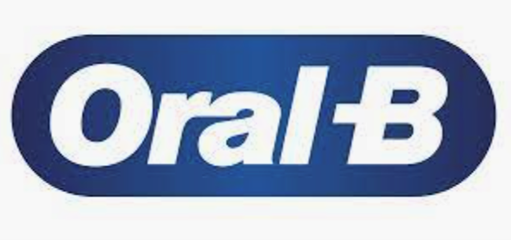
Green instantly alludes to nature, symbolizing growth, prosperity, purity, freshness, well-being, or harmony.
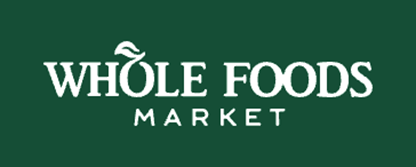
Brown is definitely not an attention grabber but alludes to dependability, honesty, reliability, stability, or maturity.
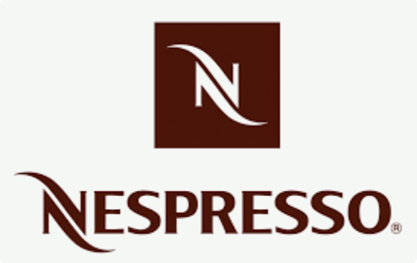
For more examples of how different color choices can affect your brand design, check out The fundamentals of color psychology. It’s also important to keep in mind that most color theories are related to Western civilization. The same color can have drastically different meanings across cultures; for example, white is the color of purity and is often associated with weddings in the West, yet in several Asian cultures white is the color of death and is traditionally worn at funerals.
Font
The typography used in your branding conveys a much more in-your-face message than the more subliminal color inference. Your font is the design element of your brand that literally speaks to your audience.
You can really use fonts to set the tone…

See how powerful fonts can be?
Now it should be no surprise that many of the biggest brands in the world only use fonts in their logos. Recognize any of these?
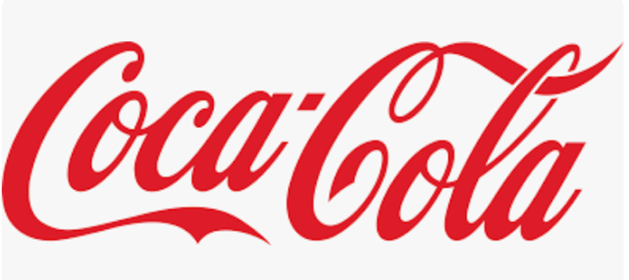
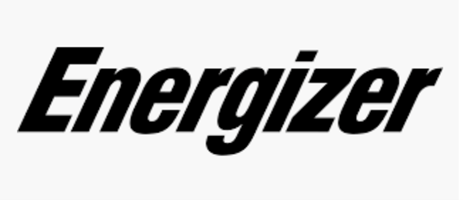
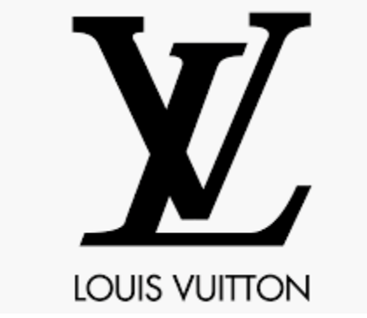
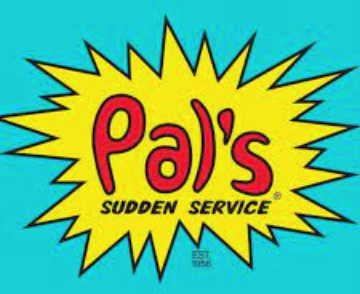
Typography is a major design element that permeates all your major brand touchpoints such as logo, website copy, newsletters, packaging, and social media. The typefaces and fonts that make up your typography really convey your brand’s identity.
For instance, Serif Fonts date back to the Latin alphabet used in Roman times and are often adopted by companies that want to be seen as professional, formal, or authoritative; picture a law firm or financial institution. Unsurprisingly, one of the most common Serif Fonts is Times New Roman.
The serif is the little decorative flick you can find on the letters of Serif Fonts:

While Sans Serif Fonts do away with these embellishments for a more minimalist look, such as the Helvetica font. Sans Serif literally means “without the serif” in French, these fonts are clean and simple for optimal legibility. No-nonsense businesses such as IT companies are likely to prefer Sans Serif Fonts.
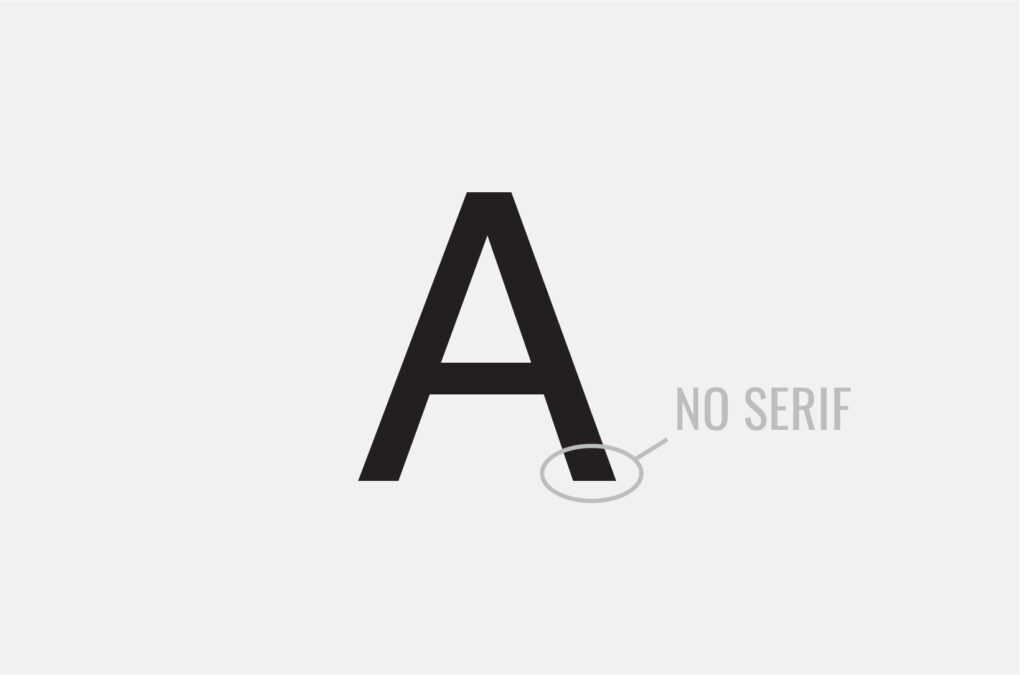
Other popular font formats include Script Fonts as used in the famous Coca-Cola logo. Script Fonts mimic handwriting, so they can add more artistic design elements to your typeface or convey a personal or quirky touch.
But if you truly want to stand out from the crowd, you can always commission a unique font to be designed especially for your brand.
Patterns
Fonts, colors, logos, and other design elements can all be rolled together to create striking brand patterns. The human brain is wired to respond to patterns, in fact, pattern recognition is a crucial element of logical learning.
So, companies can get extra crafty and develop recognizable patterns that will further ingrain their brand in their customers’ minds.
Most notably, haute couture fashion houses have been the leaders in iconic brand patterns, like Louis Vuitton, Burberry, and Gucci:
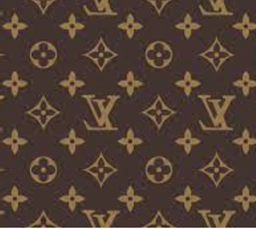 | 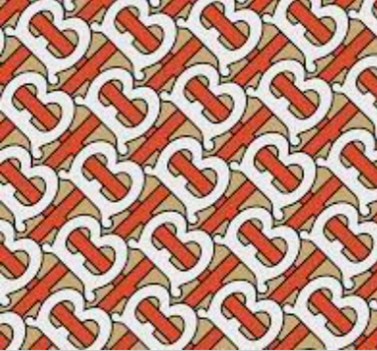 | 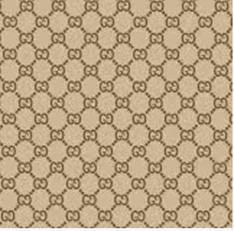 |
And perhaps as a more novel example, some trendy eateries and café like to flaunt their brand patterns through their interior design, creating distinctive ambiances:

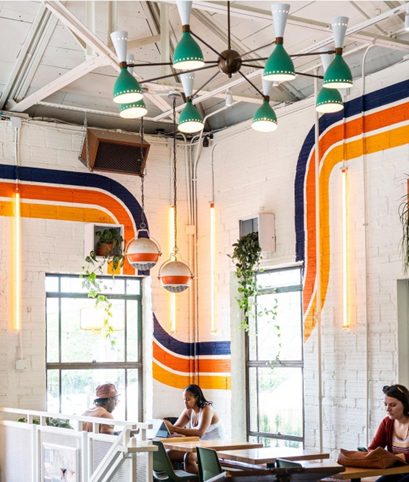
Patterns are an effective way of strengthening brand consistency through repetitive messaging, look, and feel.
Personality
The elements of brand psychology are intertwined—color, font, and patterns all work together to express the brand’s personality. But what actually is a brand personality?
Plainly speaking, it’s a set of human characteristics associated with a brand name. Companies meticulously formulate a personality for their brand to shape how customers feel about their products or services.
In a nutshell, a brand’s personality is how you would describe it if it were a person.
Marketing psychologists have grouped brand personalities into five main dimensions:
- Sincerity, e.g., Dove, Huggies, Kashi
- Excitement, e.g., Red Bull, Jeep, Peloton
- Competence, e.g., Volvo, FedEx, Samsung
- Sophistication, e.g., Hugo Boss, Lexus, Grey Goose
- Ruggedness, e.g., Wrangler, Old Spice, Harley Davidson
Brands that thrive are brands that customers relate to on a deep level. We tend to purchase brands as extensions of our own personalities or to enhance how others perceive us—Someone who buys a bright red convertible Corvette probably wants to be seen in a certain way.
So, (very) long story short, how does your brand vibe? And how do you want your audience to vibe with it? Whether you’re launching a new shiny brand, or your long-standing brand needs a facelift and a vibe check, give us a call! We have all the expertise in-house to build your unique brand identity and define your long-term brand strategy.
Get insights delivered straight to your inbox.